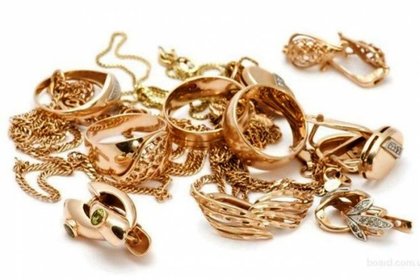Selling gold is a common financial step, especially during economic uncertainty or personal transitions. In Uzbekistan, as in many countries, gold remains a popular asset, valued both culturally and financially. However, many gold owners fall prey to common misconceptions that can result in financial losses or missed opportunities. If you’re considering selling your gold, here are five widespread myths you should know, and the truth behind them.
Myth 1: “It’s better to sell gold at a pawnshop - they pay more.”
This is one of the most persistent myths in Uzbekistan. Pawnshops are widely available and offer quick cash, but they are not designed to give you the best return.
Reality:
Pawnshops are primarily focused on issuing short-term loans secured by valuables. If you fail to repay, the pawnshop keeps your gold. Because of the risk they take, they often undervalue gold, offering only 50–70% of its actual worth. In contrast, specialised gold buyers and licensed gold purchasing companies typically offer up to 90–95% of the market price, depending on purity and weight.
Myth 2: “Old gold is worth less than new gold.”
Many assume that gold loses its value over time, like a used car. However, this couldn’t be further from the truth.
Reality:
Gold doesn’t depreciate with age. Its value is based on the purity (karat) and weight, not the year it was manufactured. In fact, older pieces, especially antique or branded jewellery, can be more valuable if they have historical or design significance. Age is not a disadvantage in gold pricing unless the item is damaged or heavily worn.
Myth 3: “You can’t sell gold without a receipt or packaging.”
Some sellers believe that lacking a sales slip or box means their gold can’t be sold legally or for a fair price.
Reality:
Licensed gold buyers in Uzbekistan evaluate gold based on objective characteristics: weight, purity, and current market price. Receipts, packaging, or certificates may help if the item is branded or includes gemstones, but they are not required for most gold transactions. Your ID/passport is usually the only document needed to complete the sale.
Myth 4: “Private buyers pay more than gold shops or official buyers.”
Some believe they’ll get a better deal by selling directly to an individual buyer via online ads or personal contacts.
Reality:
While this might seem logical, private sales carry serious risks: fake payments, price manipulation, or even theft. Official gold buyers offer not only competitive pricing but also security, clear documentation, and instant payment. The small difference in price is usually not worth the potential legal or safety risks.
Myth 5: “Gold prices always go up, better to wait.”
People often treat gold as a ‘safe’ long-term investment and believe that selling later will guarantee a better return.
Reality:
Although gold is considered a stable asset, its price still fluctuates based on global and regional economic conditions. Waiting may work, but it’s not guaranteed. For example, if you’re holding low-purity gold (e.g. 375 or 585), the price increase may not outweigh the delay or storage risks. If you need liquidity now, and the market price is favourable, selling is often the smart choice.
Conclusion: Facts Over Myths
In a growing economy like Uzbekistan’s, where gold remains a trusted personal asset, it’s important to base your selling decisions on facts, not rumours or outdated advice. Whether you’re selling inherited jewellery, broken chains, or high-end pieces, the right approach can help you avoid common traps and get the most value for your gold.
Want to know how much your gold is worth today? Seek a free evaluation from a licensed gold buyer and make your decision with confidence.
















